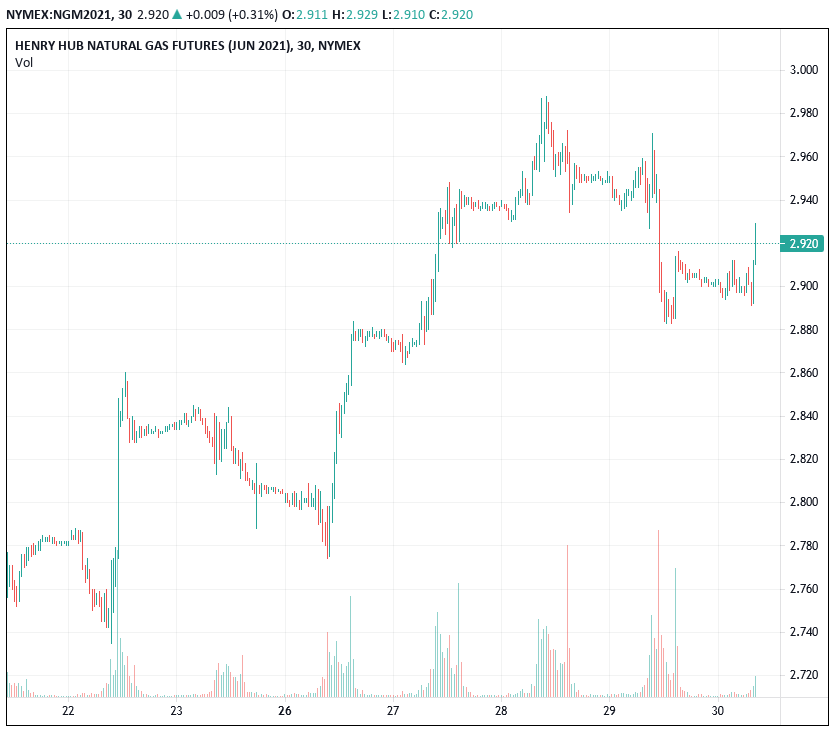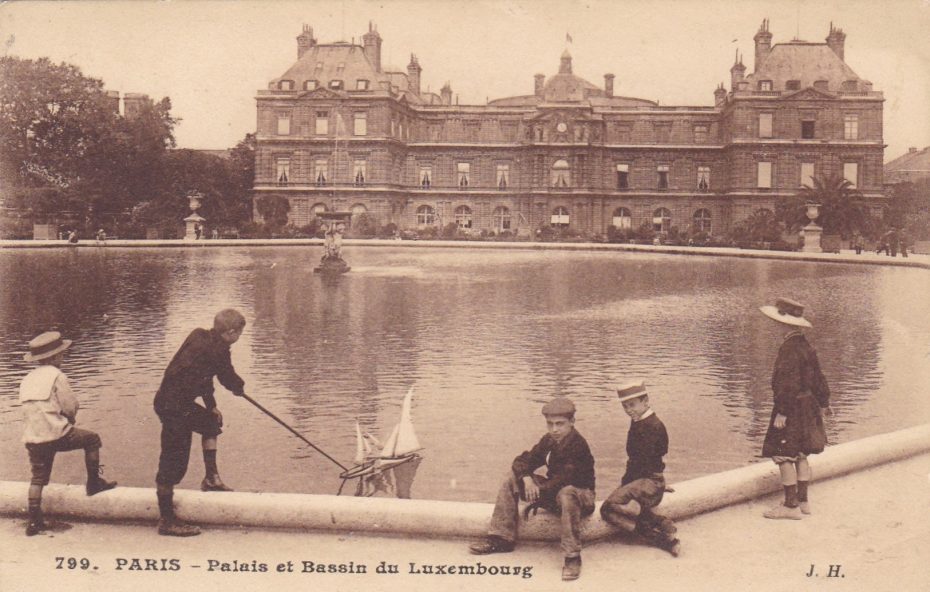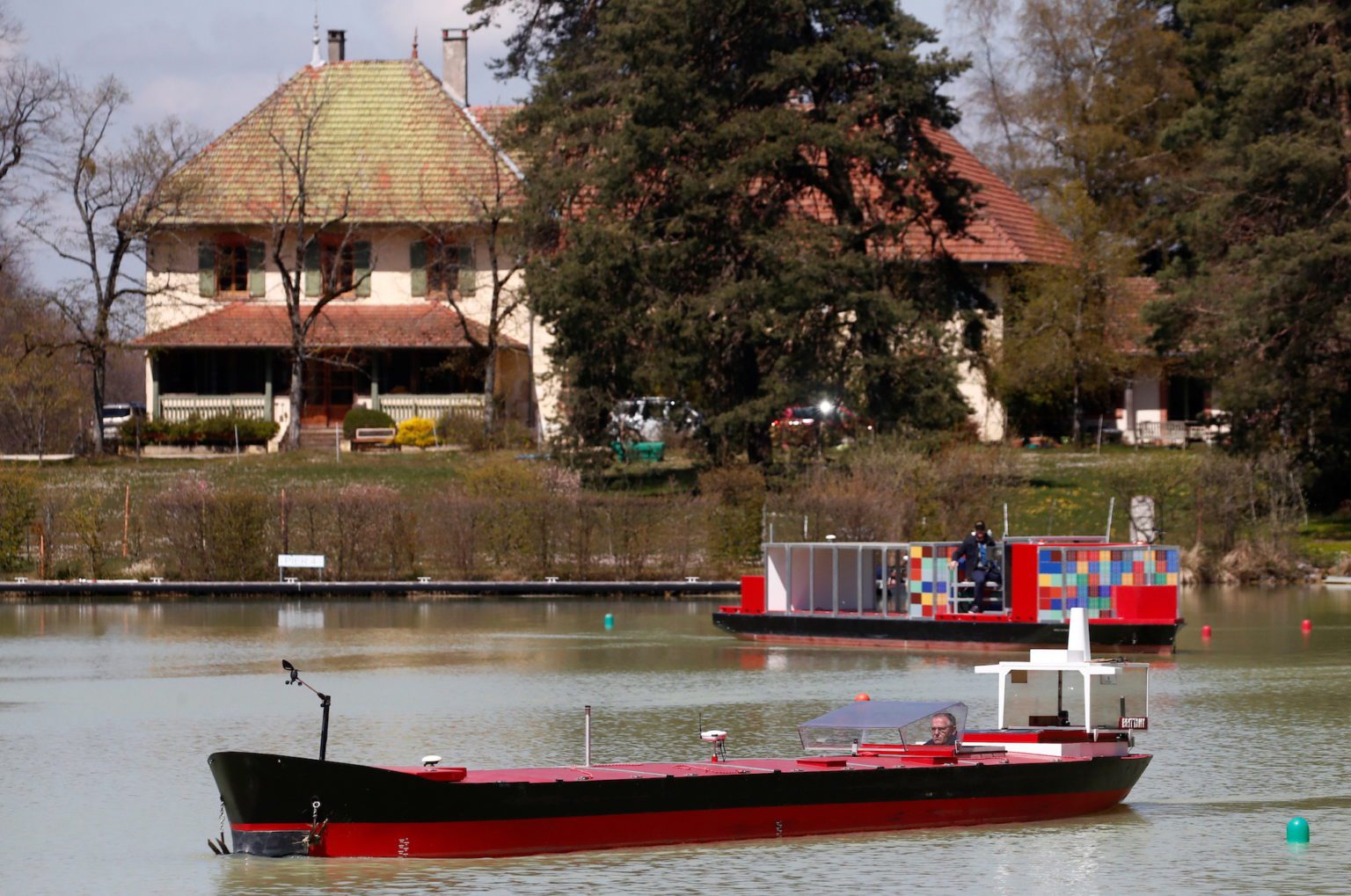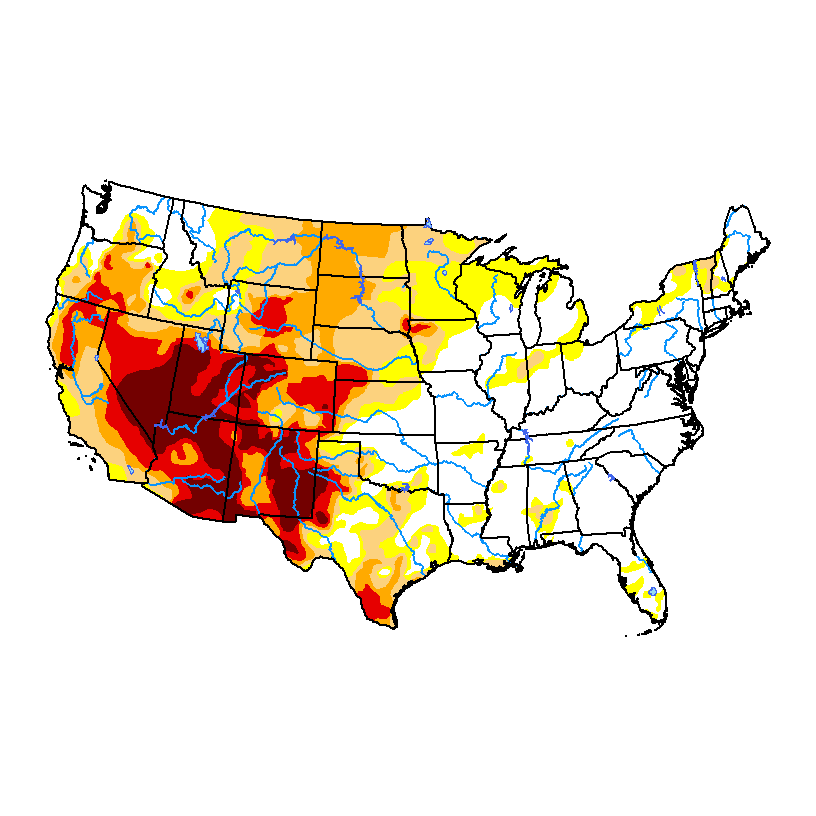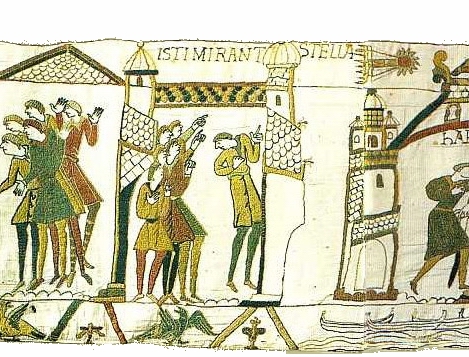One of the most human of all the comments from the very old was made by the 10th longest lived person, Misao Okawa (born 1898)
Said about her life the day before her 117th birthday:
"It seemed rather short"
She died four weeks later at 117 years, 27 days
From the New York Times Magazine, April 28:
New research is intensifying the debate — with profound implications for the future of the planet.
In 1990, not long after Jean-Marie Robine and Michel Allard began conducting a nationwide study of French centenarians, one of their software programs spat out an error message. An individual in the study was marked as 115 years old, a number outside the program’s range of acceptable age values. They called their collaborators in Arles, where the subject lived, and asked them to double-check the information they had provided, recalls Allard, who was then the director of the IPSEN Foundation, a nonprofit research organization. Perhaps they made a mistake when transcribing her birth date? Maybe this Jeanne Calment was actually born in 1885, not 1875? No, the collaborators said. We’ve seen her birth certificate. The data is correct.
Calment was already well known in her hometown. Over the next few years, as rumors of her longevity spread, she became a celebrity. Her birthdays, which had been local holidays for a while, inspired national and, eventually, international news stories. Journalists, doctors and scientists began crowding her nursing-home room, eager to meet la doyenne de l’humanité. Everyone wanted to know her story.
Calment lived her entire life in the sunburned clay-and-cobble city of Arles in the South of France, where she married a second cousin and moved into a spacious apartment above the store he owned. She never needed to work, instead filling her days with leisurely pursuits: bicycling, painting, roller skating and hunting. She enjoyed a glass of port, a cigarette and some chocolate nearly every day. In town, she was known for her optimism, good humor and wit. (“I’ve never had but one wrinkle,” she once said, “and I’m sitting on it.”)
By age 88, Calment had outlived her parents, husband, only child, son-in-law and grandson. As she approached her 110th birthday, she was still living alone in her cherished apartment. One day, during a particularly severe winter, the pipes froze. She tried to thaw them with a flame, accidentally igniting the insulating material. Neighbors noticed the smoke and summoned the fire brigade, which rushed her to a hospital. Following the incident, Calment moved into La Maison du Lac, the nursing home situated on the hospital’s campus, where she would live until her death at age 122 in 1997.
In 1992, as Calment’s fame bloomed, Robine and Allard returned to her file. Clearly, here was someone special — someone who merited a case study. Arles was just an hour’s drive from the village where Robine, a demographer at the French National Institute of Health and Medical Research, lived at the time. He decided to arrange a visit. At La Maison du Lac, he introduced himself to the medical director, Victor Lèbre, and explained that he wanted to interview Calment. Lèbre replied that it was too late; Calment, he said, was completely deaf. But he agreed to let him meet the grande dame anyway. They walked down a long concrete corridor and into a small and spare room.
“Hello, Madame Calment,” Lèbre said.
“Good morning, doctor,” she answered without hesitation.
Lèbre was so shocked that he grabbed Robine by the arm and rushed him down the corridor back to his office, where he interrogated the nurses about Calment’s hearing. Apparently she could hear quite well at times, but experienced periods of near deafness; Lèbre had most likely mistaken one of those interludes for a permanent condition. Upon returning to Calment’s room, Robine saw her properly for the first time. She was sitting by the window in an armchair that dwarfed her shrunken frame. Her eyes, milky with cataracts, could distinguish light from dark, but did not focus on any place in particular. Her plain gray clothes appeared to be several decades old.
During that first meeting, Robine and Calment mostly exchanged pleasantries and idle chatter. Over the next few years, however, Robine and Allard, in collaboration with several other researchers and archivists, interviewed Calment dozens of times and thoroughly documented her life history, verifying her age and cementing her reputation as the oldest person who ever lived. Since then, Calment has become something of an emblem of the ongoing quest to answer one of history’s most controversial questions: What exactly is the limit on the human life span?
As medical and social advances mitigate diseases of old age and prolong life, the number of exceptionally long-lived people is increasing sharply. The United Nations estimates that there were about 95,000 centenarians in 1990 and more than 450,000 in 2015. By 2100, there will be 25 million. Although the proportion of people who live beyond their 110th birthday is far smaller, this once-fabled milestone is also increasingly common in many wealthy nations. The first validated cases of such “supercentenarians” emerged in the 1960s. Since then, their global numbers have multiplied by a factor of at least 10, though no one knows precisely how many there are. In Japan alone, the population of supercentenarians grew to 146 from 22 between 2005 and 2015, a nearly sevenfold increase.
Given these statistics, you might expect that the record for longest life span would be increasing, too. Yet nearly a quarter-century after Calment’s death, no one is known to have matched, let alone surpassed, her 122 years. The closest was an American named Sarah Knauss, who died at age 119, two years after Calment. The oldest living person is Kane Tanaka, 118, who resides in Fukuoka, Japan. Very few people make it past 115. (A few researchers have even questioned whether Calment really lived as long as she claimed, though most accept her record as legitimate based on the weight of biographical evidence.)....
....MUCH MORE
